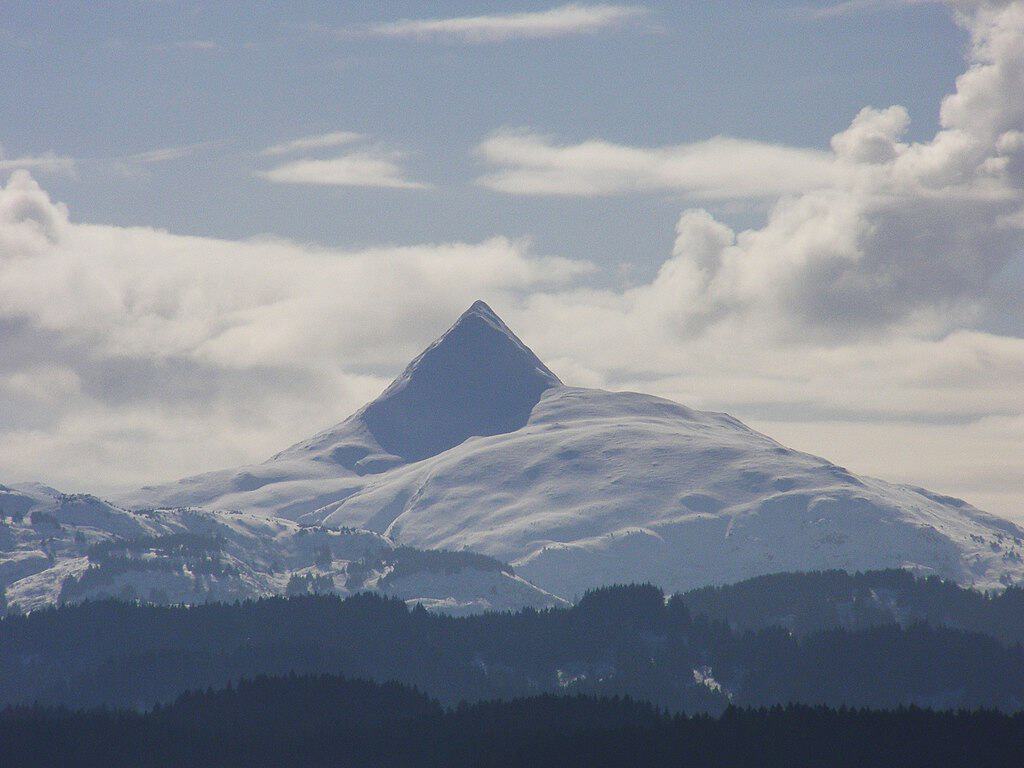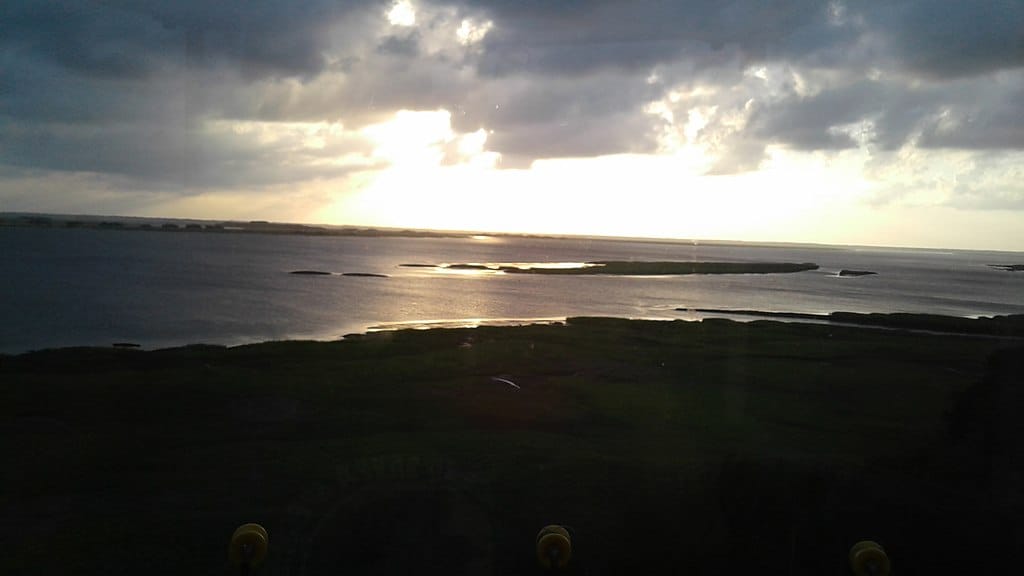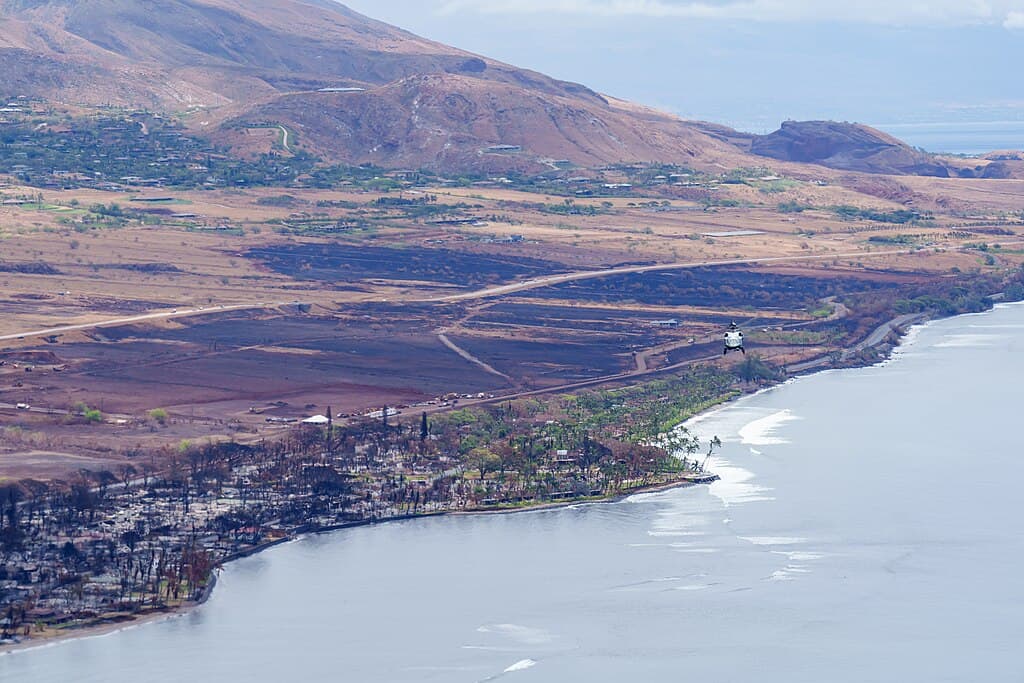In a world where urbanization and industrialization touch nearly every corner, some places remain untouched, basking in the splendor of pristine landscapes and thriving wildlife. Among them, remote islands stand out for their seclusion and untainted environments. In the United States, numerous islands offer a glimpse of nature as it once was, showcasing biodiversity and beauty far from the hustle of modern life. This article explores ten such remote US islands where nature continues to rule.
10. Apostle Islands, Wisconsin

Located in Lake Superior, the Apostle Islands are a collection of 21 islands renowned for their sea caves, old-growth forests, and historic lighthouses. These islands are a wildlife sanctuary, hosting a variety of rare plant species and bird populations. Accessible mainly by boat, they offer a peaceful escape into landscapes shaped by centuries of natural forces. The surrounding waters teem with life, making it a favorite spot for kayaking and marine exploration.
9. Channel Islands, California

Just off the Southern California coast, the Channel Islands house a national park and marine sanctuary famous for its extensive biodiversity. The five islands in the park are home to unique species, including the island fox and island jay, not found anywhere else. Rugged cliffs and isolated beaches define the terrain, with underwater kelp forests supporting diverse marine ecosystems. The islands offer a peek into California’s natural history, preserved and protected.
8. Cumberland Island, Georgia

Cumberland Island is the largest of Georgia’s barrier islands and is celebrated for its pristine beaches, maritime forests, and extensive wetlands. The island’s untouched landscape is home to wild horses, loggerhead sea turtles, and a myriad of bird species. Accessible only by ferry, Cumberland offers a retreat into nature where visitors can explore historical ruins alongside habitat-rich environments that support a dynamic array of wildlife.
7. Dry Tortugas, Florida

Seventy miles west of Key West, the Dry Tortugas encompass seven small islands and Fort Jefferson, offering unique history layered within natural splendor. Accessible only by boat or seaplane, these secluded islands are rich with coral reefs, vibrant marine life, and nesting seabird colonies. The surrounding waters are an ecological haven attracting divers and snorkelers eager to explore the underwater treasures of this national park.
6. San Juan Islands, Washington

Nestled between the mainland and Vancouver Island, the San Juan Islands are an archipelago characterized by lush landscapes and diverse wildlife. Among the 172 named islands, Orcas and San Juan attract most visitors with their panoramic views, serene harbors, and thriving communities of orcas, seals, and migratory birds. The islands’ natural beauty is protected through multiple conservation efforts, preserving their tranquil charm.
5. Isle Royale, Michigan

In the heart of Lake Superior, Isle Royale National Park is a remote wilderness oasis known for its hiking trails, rugged terrain, and moose and wolf populations. Accessible only by ferry, seaplane, or private boat, the island is devoid of roads, allowing nature to govern. Its isolation has preserved ecosystems, offering scientists a living laboratory to study predator-prey dynamics and wilderness conservation.
4. Matinicus Island, Maine

Matinicus Island, the most secluded of Maine’s inhabited islands, lies about 23 miles off the coast. Known for its tight-knit community and isolation, the island has retained a frontier atmosphere where lobstering is the mainstay. Its rocky coastlines and rolling landscapes invite exploration and offer visitors a chance to truly disconnect from the outside world, immersing themselves in the simple beauty of sea and sky.
3. Kodiak Island, Alaska

Kodiak Island is Alaska’s emerald jewel, teeming with diverse flora and fauna. Known for its large population of Kodiak brown bears, the island offers vast wilderness areas, rich marine environments, and rugged coastlines. Remote lodges and camps provide access for fishing, wildlife viewing, and hiking, allowing visitors to experience the untamed beauty of the Last Frontier on the island.
2. Sapelo Island, Georgia

Part of Georgia’s famed “Golden Isles,” Sapelo Island offers a mix of rich cultural history and natural beauty. Only accessible by ferry, the island hosts a unique blend of marshes, beaches, and maritime forests. The island is also known for its resident Gullah-Geechee community, which has preserved its distinct African American cultural heritage over generations. The diverse ecosystems support vibrant wildlife, including many bird species and marine life.
1. Monhegan Island, Maine

Monhegan Island, more than ten miles off the coast of Maine, is where rugged coastal beauty and an artist colony merge. This car-free island is famed for its rocky cliffs, the highest in Maine, and its picturesque village. Accessible by ferry, Monhegan is a haven for birdwatchers, especially during migration seasons, and offers unparalleled views of the Atlantic Ocean. The pristine environment inspires and retreat for artists and nature lovers alike.
Exploring Pristine Wilderness

These remote islands offer a rare glimpse into worlds where nature still thrives with vigor and independence. Each island, with its unique ecological contributions and landscapes, underscores the importance of preserving such sanctuaries. They remind us of the beauty inherent in natural diversity and the necessity of protecting these areas for future generations to appreciate. Whether offering adventure or peace, these islands serve as testaments to the enduring power of nature, standing resolute in their seclusion.
- 10 Remote US Islands Where Nature Still Rules - August 10, 2025
- 12 Creatures That Understand Fairness and Justice - August 10, 2025
- 13 Reasons Why Guinea Pigs Make Great Starter Pets - August 10, 2025

